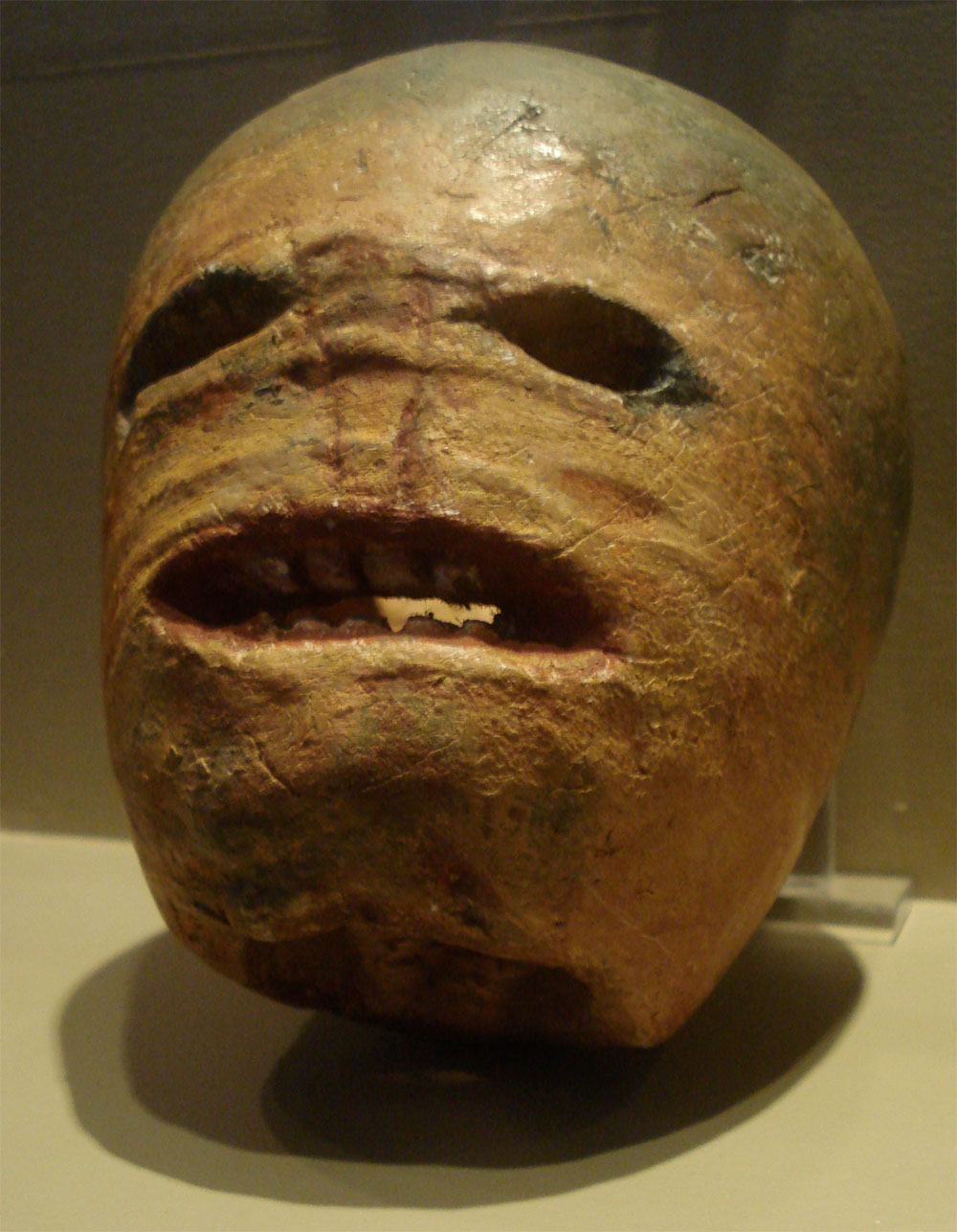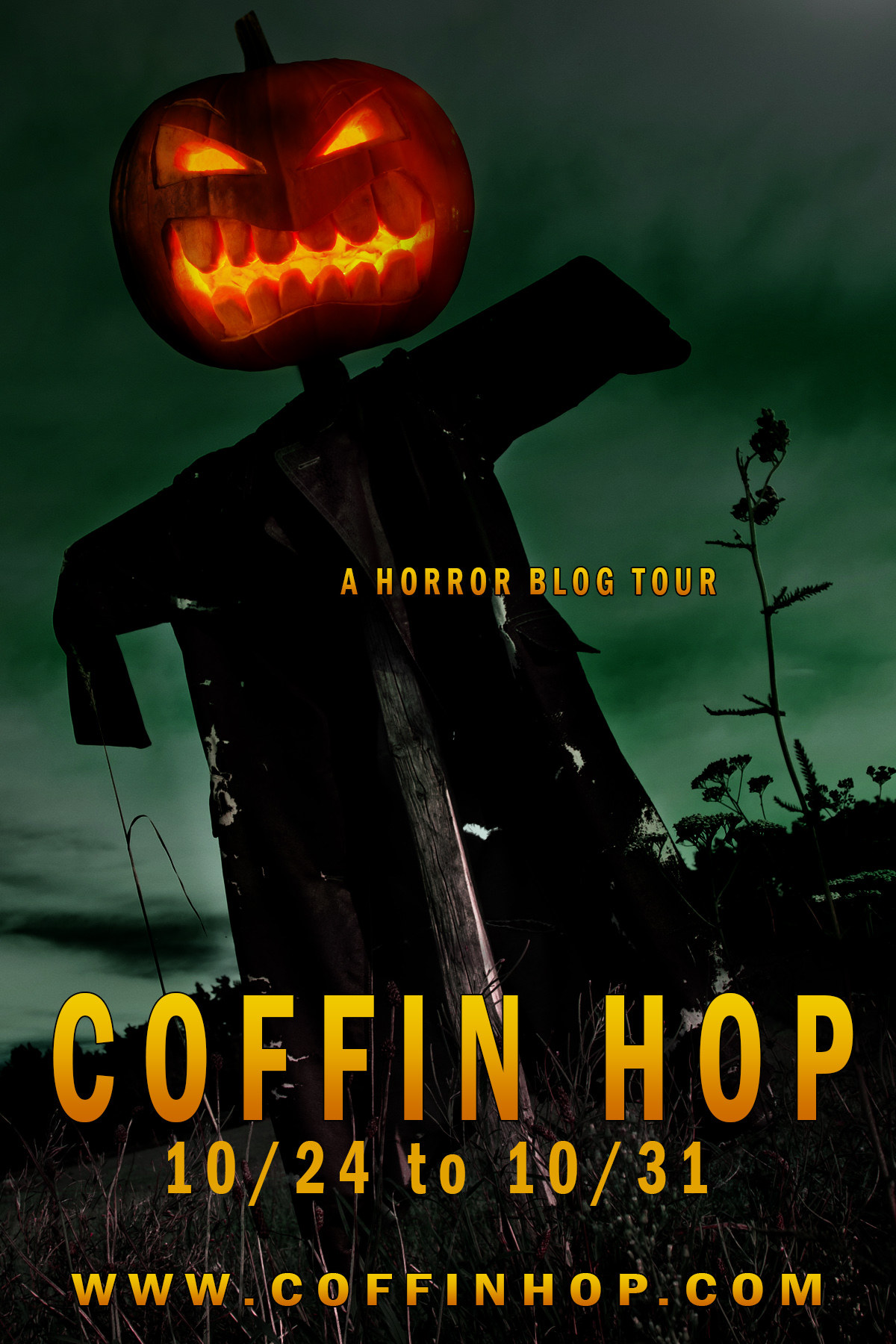In East Anglia and southwestern England, jack-o'-lantern was the name given to the flickering lights sometimes visible over bogs, swamps, and marshes. The lights resemble a flickering lamp. Witnesses claim that the light recedes if approached, drawing the hapless traveler off the safe path through the marsh. The phenomenon—technically known as ignis fatuus, Medieval Latin meaning “foolish fire”—is still a mystery with several competing hypotheses. The lights are known by various names including will-o'-the-wisp, jack-o'-lantern, and friars's lantern. (A wisp is a bundle of sticks used as a torch.) Jack-o'-lantern is short for Jack of the lantern. So who is this Jack guy and why does he stroll through bogs with a lantern?
Meet Stingy Jack, a lazy, drunken but wily character who has various dealings with the devil. There are many stories about Jack's encounters with Satan. In some versions, Jack tricks the devil into transforming into a coin which Jack places next to a cross, thus robbing Satan of his powers. Another version has the devil climbing an apple tree and becoming stuck there when Jack carves a cross onto the trunk. In any case, Jack gets bargaining power over the devil and Satan agrees not to take Jack's soul. When Jack dies, he is not admitted to Heaven because of his deceitful and drunken ways. Satan, keeping his promise, refuses to allow Jack into Hell and sends him back to earth. To light Jack's way, the devil gives him an ember from the fires of Hell, which Jack places inside a hollowed-out turnip. Jack was fond of turnips and stole one whenever he got the chance. Stingy Jack was condemned to roam the earth for eternity with his turnip lantern to light the way.
 |
| Traditional Irish turnip |
| Jack-o'-lantern from the |
| early 20th century. |
There's still time to enter the raffle to win a copy of my urban fantasy novelette Give Me Your Teeth: A Fae Tale. It's in pre-order mode on Amazon, set for release on Halloween. Enter to win here (Coffin Hop Post #1).
Image Attribution: Traditional Irish turnip carving photograph from Rannpháirtí anaithnid at en.wikipedia [CC-BY-SA-3.0 or GFDL], from Wikimedia Commons
Check out other coffins in the hop:

Great post... It would be very interesting to nail down the where and the why!
ReplyDeleteI knew the term meant one of those mysterious swamp lights, but not that there was a legendary person behind it.
ReplyDeleteI read on another blog today that it was turnips people first carved. Didn't know that. Thanks for the background info.
ReplyDeleteA nice nice recap of the Jack-O'-Lantern.
ReplyDeleteNext year I'm carving a turnip! Thanks for sharing =)
ReplyDeleteGreat post Jeff!
ReplyDeleteIt would've been hard to carve a turnip. ;)
ReplyDeleteThat turnip has a real mummy vibe going on.
ReplyDelete